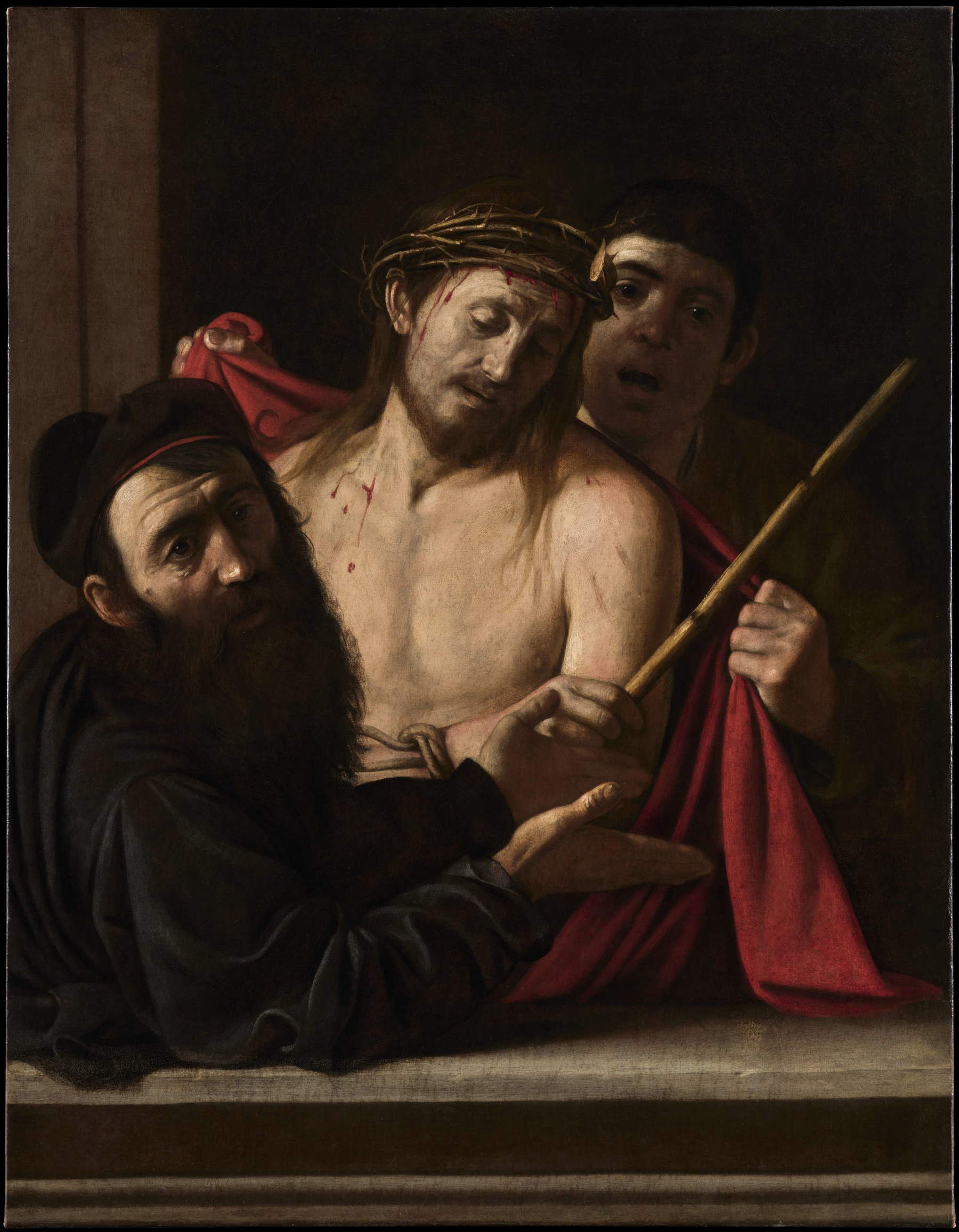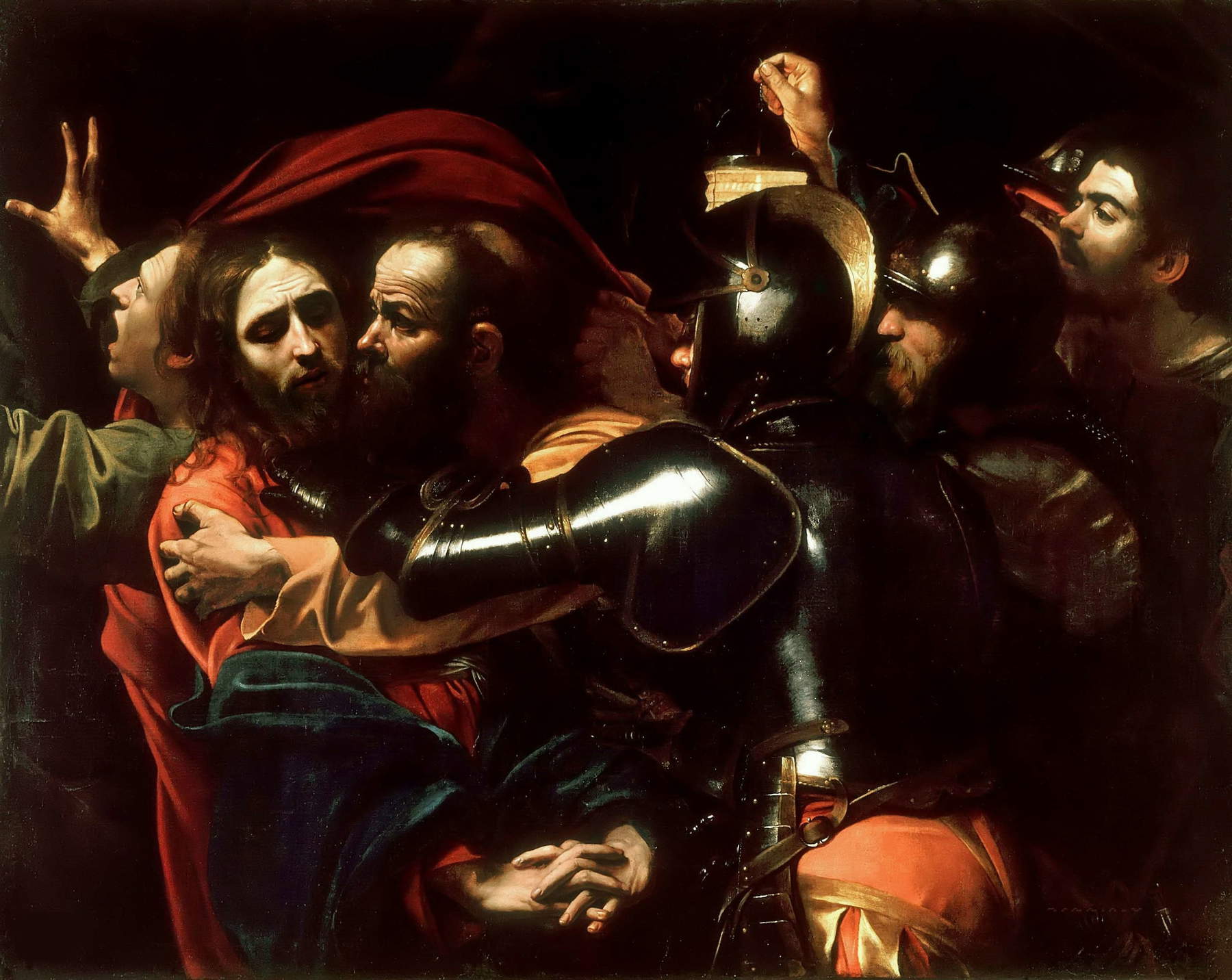I would like to respond to the director of the National Galleries of Ancient Art in Rome, Thomas Clement Salomon, who in a long, dense and interesting interview with Pietro Di Loreto on About Art Online responds to the considerations I had made in my review of the Caravaggio exhibition at Palazzo Barberini. Salomon, in particular, responds point by point to some of the objections I had raised and then wonders whether precisely because of those objections it is possible to question the scientific validity of the exhibition. I begin at once by saying that, of course, it never crossed my mind to question the scientific validity of the exposition: I have only limited myself to writing that it was a “lukewarm” occasion (this is the exact term I used) from the scientific point of view, meaning by this adjective the fact that the exhibition has, on the one hand, glossed over some important innovations that have emerged in science in recent years, and on the other hand has at least neglected dissent.
I do not want to go so far as to reason about the causes of these neglect. I would like to focus in particular, since it is essentially on two works that Salomon’s response focuses on, theEcce Homo and the Capture of Christ, moreover the only two paintings in the exhibition that could not be photographed (complete with attendants in charge of exclusive surveillance on the two works, something that, since I have experience, I had never seen in any exhibition), despite the fact that reproductions upon reproductions of both have been circulating on the Web for some time. Meanwhile, anyone who wants to browse through the catalog will objectively find that, in the case ofEcce Homo, not the slightest mention has been made of the voices against it (Nicola Spinosa immediately spoke out against the autographism, Antonio Vannugli did not spare any doubts, and Camillo Manzitti also wrote a long article in which he expressed his opposition in an argued manner). No room for discussion: we were basically asked for a fideistic acceptance of the attribution. Regardless of what one may think about the autograph (one can agree on the merits while objecting to the method), I do not think this is how a debate should develop, assuming one wants to call “debate” an assertive position that leaves out any opposing voice.
Regarding the Capture, following the recent expositions of the Ruffo version one would have expected, at the very least, a discussion of what transpired between Ariccia and Naples. Salomon wonders whether we can really discuss which version is Caravaggio’s: well, if after the exhibitions of the Ruffo version a scholar like Anna Coliva (who, moreover, after the Palazzo Barberini exhibition, joined the band of doubters aboutEcce Homo , refreshing its ranks) went gone so far as to say, in no uncertain terms, that the author of the Dublin painting is Gerrit van Honthorst (as was once thought) then perhaps the authorship of the Capture we saw in Rome should not be granitically taken for granted. As for the lack of consensus on the Narcissus and Mondafrutto displayed in the exhibition, sure, we all know that the scholarly community is far from complete agreement on Caravaggesque autography. I had made this remark not to reiterate the obvious, but simply to note that, on the eve of the exhibition, it had been put in black and white that among the rooms of Palazzo Barberini we would see a “Caravaggio in its pure state,” and this was not the case, since there were at least three spurious presences (I am referring to Narcissus, Mondafrutto and Portrait of Maffeo Barberini with Flowers).


Finally, allow me a colorful note: Director Salomon says that the success of the exhibition depends on the fact that the selection made by the curators “allows us to understand well what was the absolutely innovative character of Caravaggio’s bursting language and its progressive evolution, not to mention the artist’s relationship with his patrons, moreover in the particular social and religious climate of the time.” The exhibition, he concluded, allowed us “to see the art of a genius like Caravaggio in a new key,” which would have led yours truly to qualify the exhibition as a “blockbuster.” Of course, I never said any of this, but I do not think it can be concealed behind the veil of scientific novelty, lukewarm or warm as one may deem it, the mere fact that gathering more than twenty works by Caravaggio in a single venue, moreover presenting the exhibition as “the most ambitious exhibition project dedicated to the painter in recent decades”, does not end up generating around the exhibition the aura of the blockbuster exhibition, such as it actually turned out to be, clearly meaning by “blockbuster” not a shoddy box-office product but, simply, as per the dictionary, a work “highly successful in terms of box-office receipts and appreciated by large segments of the public.”
I don’t think there is anything wrong with recognizing that a blockbuster is assured if someone can put together more than twenty Caravaggio works in the same place. As far as I am concerned, the problem was not that the exhibition was a “blockbuster capable of moving the masses,” as I wrote. The problems lay, in my opinion, in everything I noted in the review: a situation that, however, did not prevent me from addressing my thanks to Palazzo Barberini and the curators for bringing us an exhibition that was difficult to organize, especially since it was put together in a short time, and as for the merit of having given us the precious opportunity to see so many works by Caravaggio together in one place, I have not spared praise, nor do I intend to start doing so now. On the contrary, I reiterate once again the importance of this occasion.
Warning: the translation into English of the original Italian article was created using automatic tools. We undertake to review all articles, but we do not guarantee the total absence of inaccuracies in the translation due to the program. You can find the original by clicking on the ITA button. If you find any mistake,please contact us.